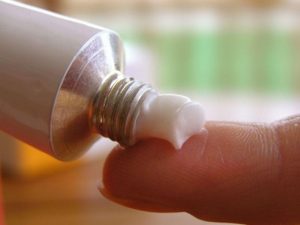
Exercise can help women better cope with the rigors of advanced breast cancer, a new study says. Patients had less pain and fatigue, as well as an improved quality of life, after taking part in a regular exercise program, researchers reported today at the European Breast Cancer Conference in Milan, Italy. The findings show that patients with breast cancer that’s spread should be offered exercise as part of their treatment regimen, said researcher Anouk Hiensch, an assistant professor of epidemiology and health economics at University Medical Center Utrecht in The Netherlands. “Patients with metastatic cancer often undergo continuous treatment that aims to prolong their life,” Hiensch said in a news release. “Thanks to these treatments, many patients with metastatic cancer live longer, but many also report a deteriorating quality of life over time,” he added. “We therefore need supportive care strategies, like exercise, that make the lives of these patients better.” For this study, 357 patients with advanced breast cancer were recruited at one of eight cancer centers in Germany, Poland, Spain, Sweden, The Netherlands and Australia. Their average age was 55. Half were randomly assigned a nine-month exercise program alongside cancer therapy, while the other half got usual cancer care. The exercise group worked out twice a week, with a personalized training regimen that included resistance, aerobic and balance exercises. Patients in both groups… read on > read on >






































